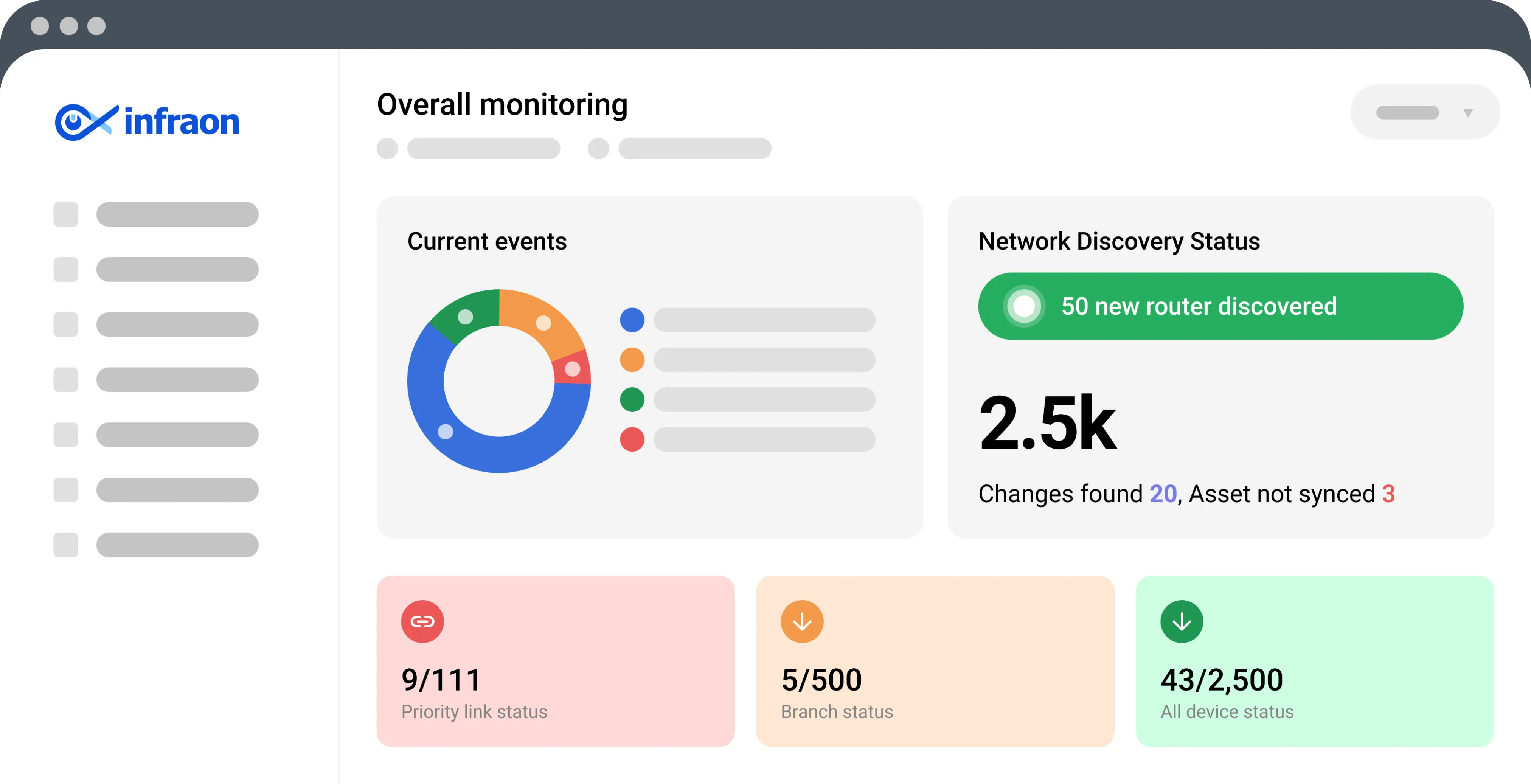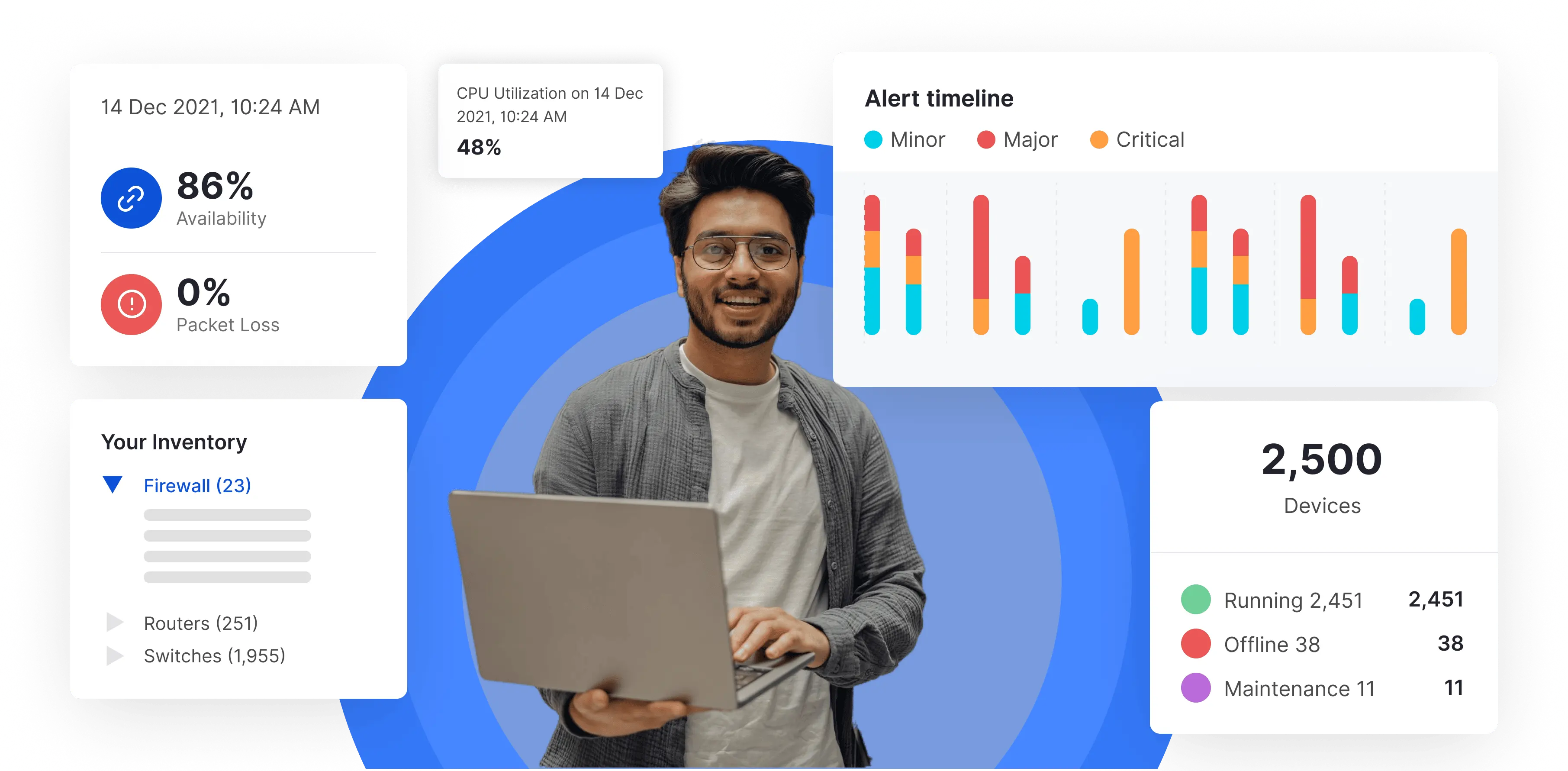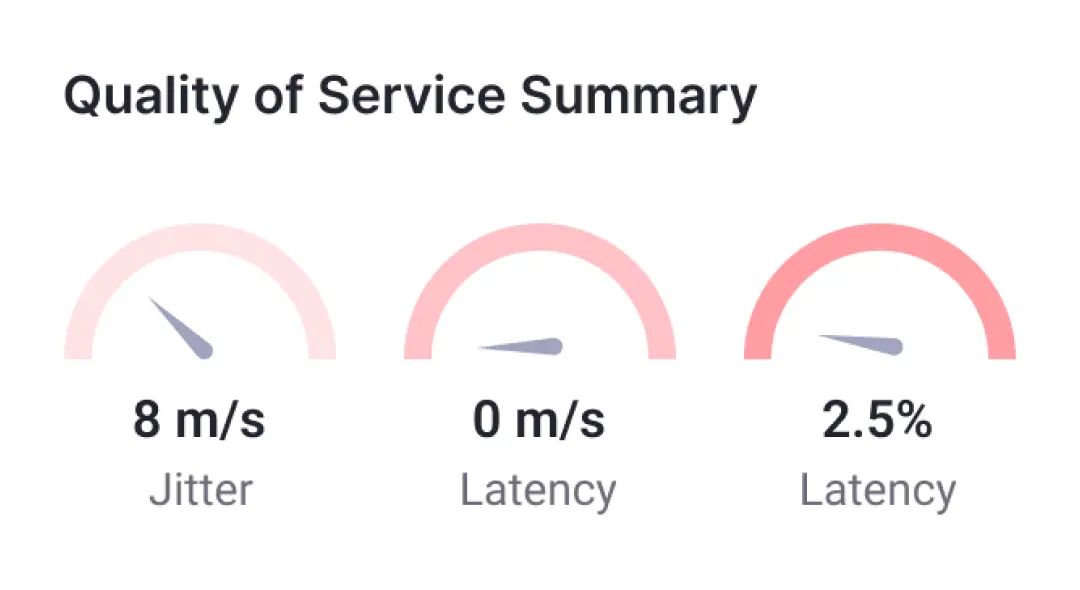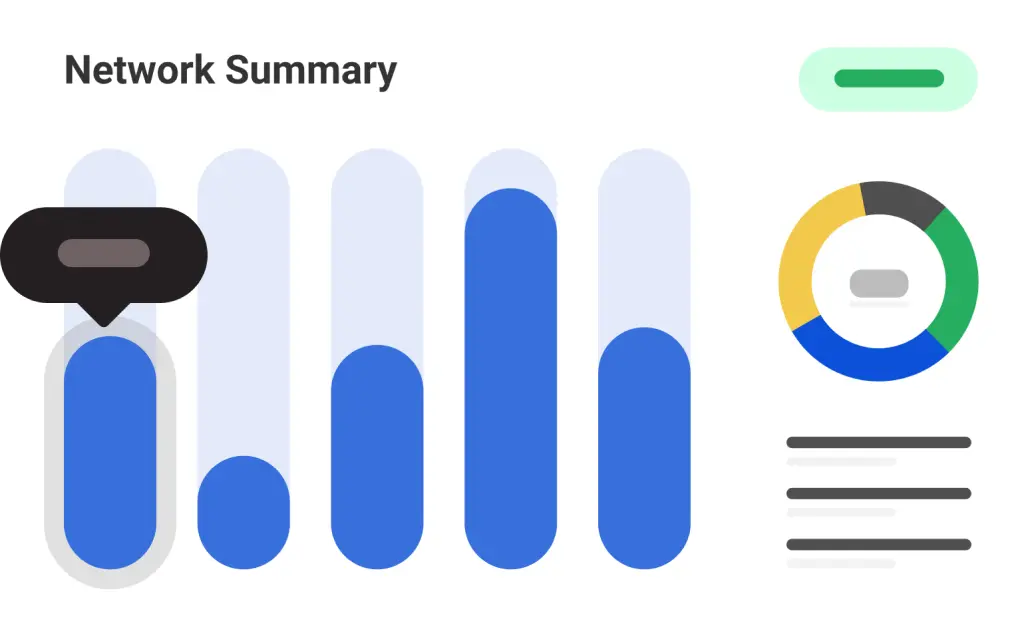

















4.7
The best tool available in the US market for NOC and ITAM
It's a very intuitive and simple tool for NMS and ITAM requirements. It gives overall satisfaction to customers more than the competition available. Also, the support is at par. Review collected by and hosted on G2.com.
Kamlesh R.
Nice Single Console for Admin and User purpose
Single Platform for Asset Mgmt, NMS and Ticketing.
Good Dashboards and Reports.
Ease of Use
Ramkrushna P.

Our Product suite is
GDPR-Compliant

Certified by SOC2




